|
Vernacular Name
Ranita de Cannatella
State/Provinces
Esmeraldas, Pichincha
Natural Regions
Bosque Piemontano Occidental, Bosque Húmedo Tropical del Chocó
Identification
Rana pequeña a mediana que se caracteriza por tener dorso café con manchas crema a amarillas sobre el rostro que se extienden hacia los
flancos a manera de bandas dorsolaterales. También hay una mancha ovalada en la rabadilla que puede fusionarse con las bandas dorsolaterales; manchas amarillas en los muslos y talones. Hocico corto,
truncado;
membrana axilar extensa. La especie más similar en la cuenca Pacífica de Ecuador es
Dendropsophus grillatus. Dendropsophus cannatellai se diferencia claramente de su especie hermana, Dendropsophus gryllatus, en la coloración dorsal y por ser de mayor tamaño (LRC promedio en machos = 21.95 mm, rango 18.71–24.69 mm; vs. LRC = 23.43 mm, rango 21.05–26.58 mm en Dendropsophus cannatellai). El patrón dorsal de Dendropsophus gryllatus consiste en dos líneas longitudinales cafés sobre un fondo amarillo pálido (en Dendropsophus cannatellai se observa un fondo café con bandas dorsolaterales de color crema o amarillo).
Dendropsophus gryllatus
tiene una mancha sacral que se extiende anteriormente, haciendo que sea más alargada y continua con otras bandas dorsales (la mancha sacral de Dendropsophus cannatellai es ovalada y tiene bordes bien definidos que contrastan con su patrón dorsal café;
36
).
Se diferencia de las especies del género
Boana
de la cuenca Pacífica de Ecuador por su menor tamaño y por tener bandas laterales de color claro (ausentes en
Boana
; la presencia de membranas entre los dedos de los pies la diferencian fácilmente de las especies del género
Pristimantis
. Las ranas de cristal (familia Centrolenidae) difieren por su coloración predominantemente verde.
Males Face Cloacal Length Average
(
Females Face Cloacal Length Average
(
Habitat and Biology
En Ecuador, habita en las regiones naturales Bosque Húmedo Tropical del Chocó Bosque Piemontano Occidental de Ecuador. Dentro de su rango de distribución, las condiciones climáticas son generalmente cálidas y húmedas, con una temperatura media anual que oscila entre 22.5 y 25.4 °C y una precipitación media anual con un rango de 1025 a 3348 mm (36). La fisonomía de estos ecosistemas consiste en grandes árboles que pueden alcanzar casi 30 m de altura y una gran abundancia de palmas. El Bosque Piemontano Occidental tiene un rango de elevación de 300 a 1300 m, con un predominio de plantas de las familias Mimosaceae, Fabaceae y Burseraceae con un alto porcentaje de endemismo. El Bosque Húmedo Tropical del Chocó tiene una elevación de 0 a 300 m, con una abundancia de helechos y una gran diversidad de árboles (37) La nueva especie se encuentra en áreas abiertas artificiales, cerca de estanques y charcos donde la vegetación herbácea es abundante. Es menos frecuente en el bosque secundario.
Reproduction
Los machos cantan por la noche junto a pozas o lagunas pequeñas desde vegetación herbácea. Una pareja en amplexus encontrada en Río Silanche, puso en cautiverio con 190 huevos (36). Experimentos en cautiverio reportan un tamaño promedio de puesta de 84 huevos en condiciones sombreadas y 98 en condiciones no sombreadas (Touchon et al. 2024). En los mismos experimentos, la mayoría de las hembras pusieron huevos fuera del agua, pero el 30% de las hembras pusieron algunos huevos en el agua, en condiciones sin sombra.
Distribution
En Ecuador se distribuye en las zonas más húmedas del noroccidente, provincias de Esmeraldas y Pichincha (32).
Global Distribution
Altitudinal Range
De 0 a 800 m sobre el nivel del mar
Taxonomy and Evolutionary Relationships
Su especie hermana es Dendropsophus gryllatus ( 36). Es parte del grupo de especies Dendropsophus leucophyllatus ( 35). Hasta el año 2025 sus poblaciones fueron erróneamente consideradas parte de la especie Dendropsophus ebraccatus.
Etymology
El nombre específico cannatellai es un sustantivo en caso genitivo y es un patronímico en honor a David C. Cannatella, quien colectó especímenes tipo de la nueva especie. Además, a lo largo de su carrera ha contribuido de manera extensa al estudio de la sistemática y evolución de los anfibios neotropicales. Ha sido una parte integral de sociedades científicas, lo cual se ejemplifica con sus presidencias en la American Society of Ichthyologists and Herpetologists (2002–2003) y en la Society of Systematic Biologists (2004–2005). Actualmente, es decano del Departamento de Biología Integrativa en la Universidad de Texas en Austin, EE. UU (36).
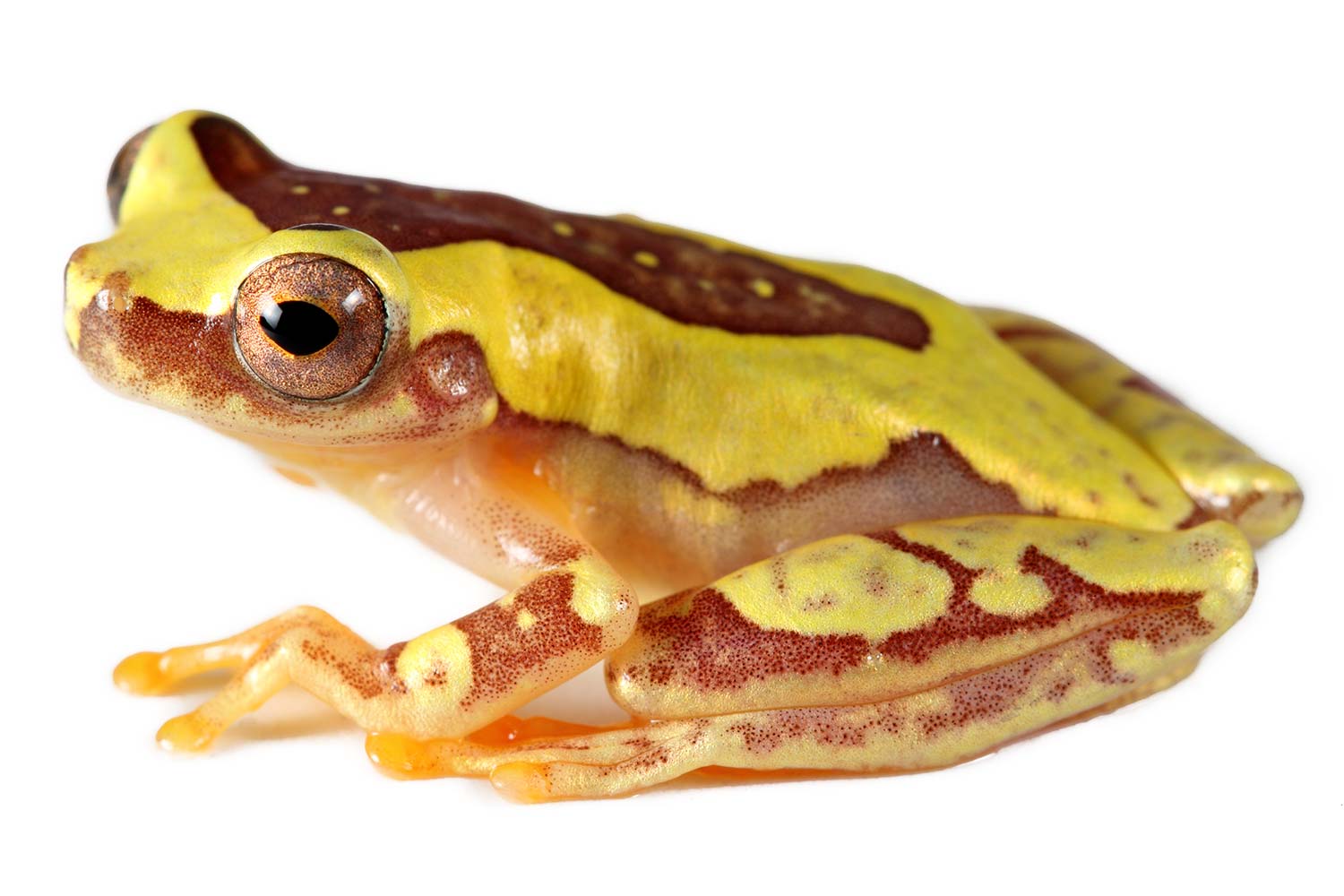
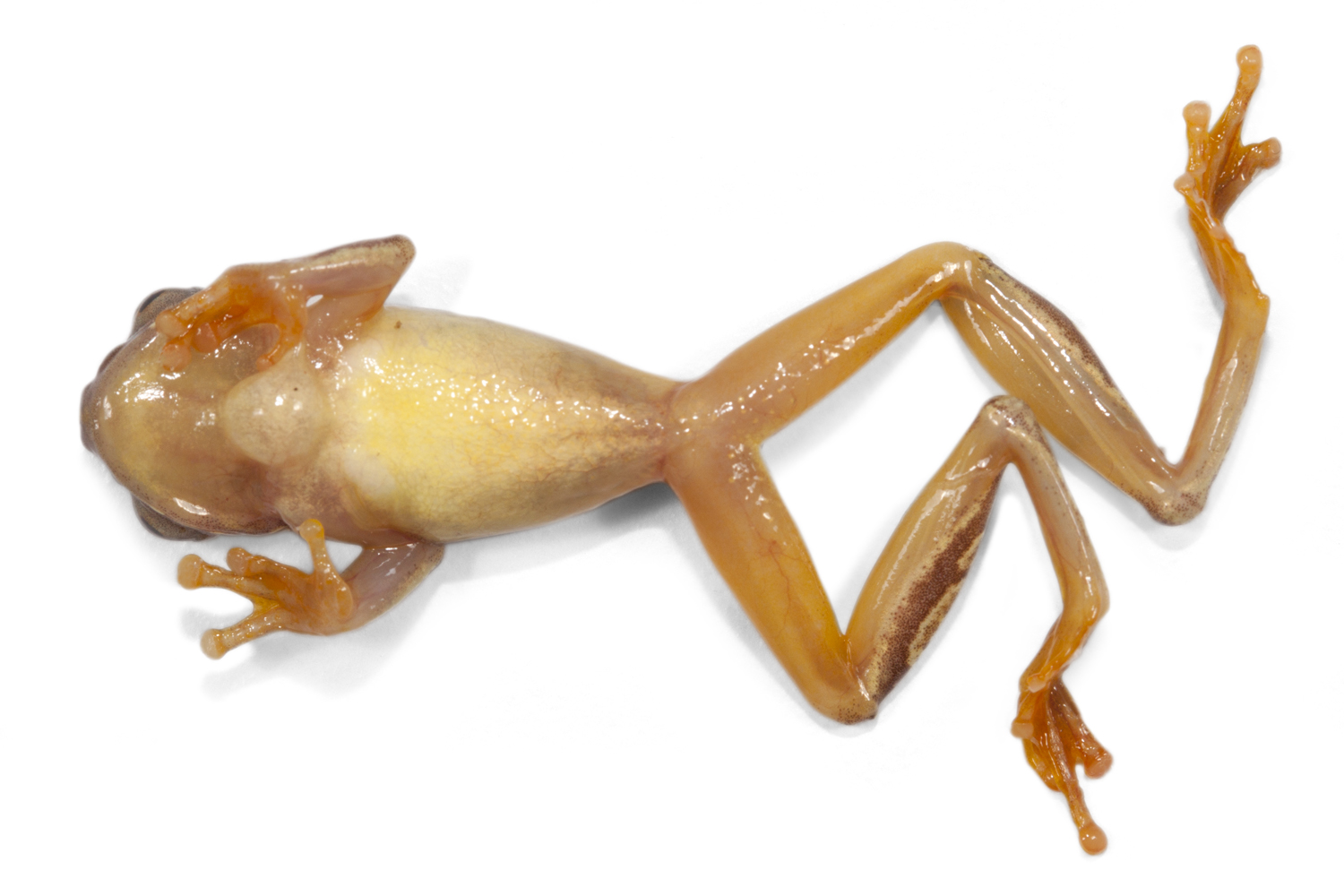
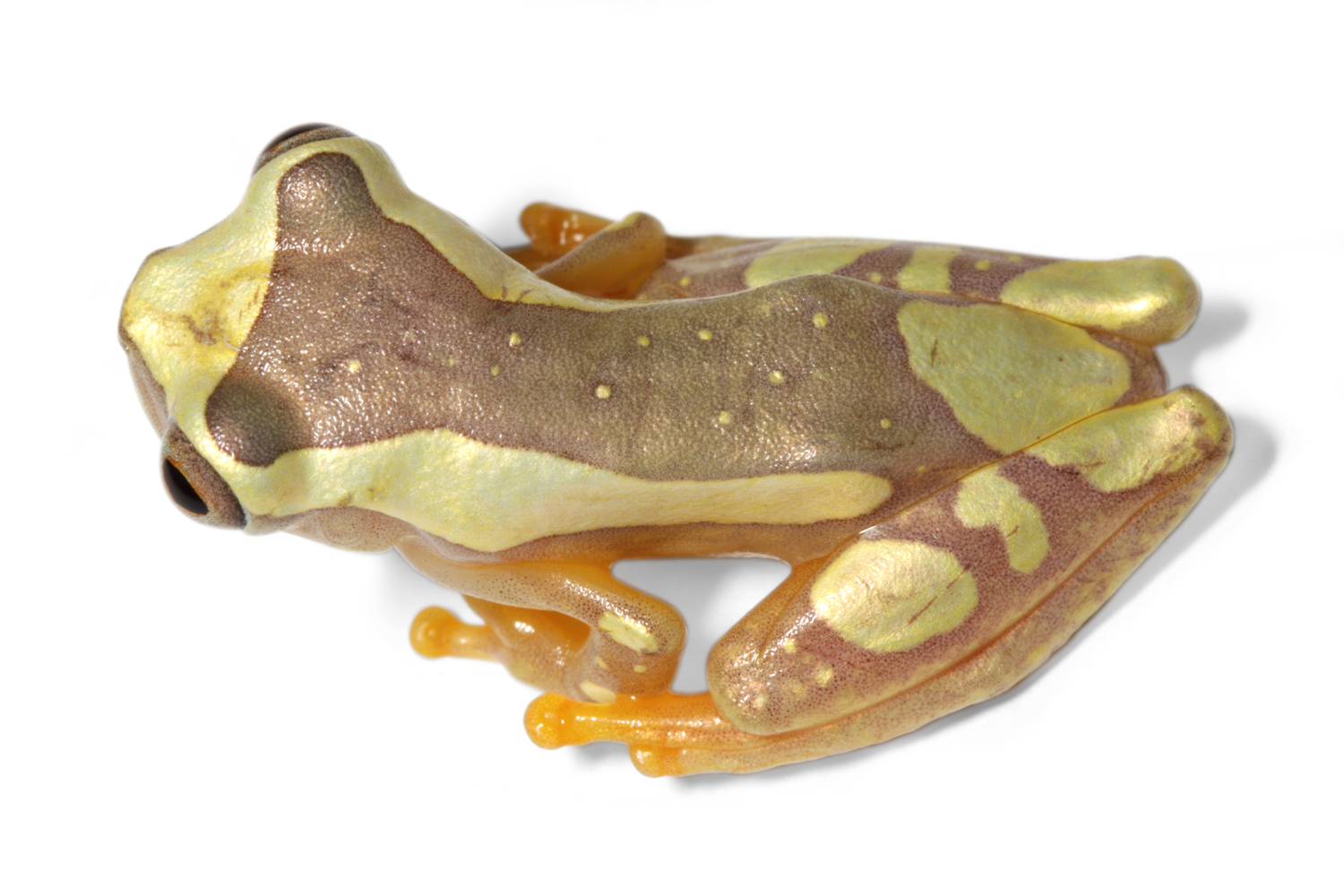
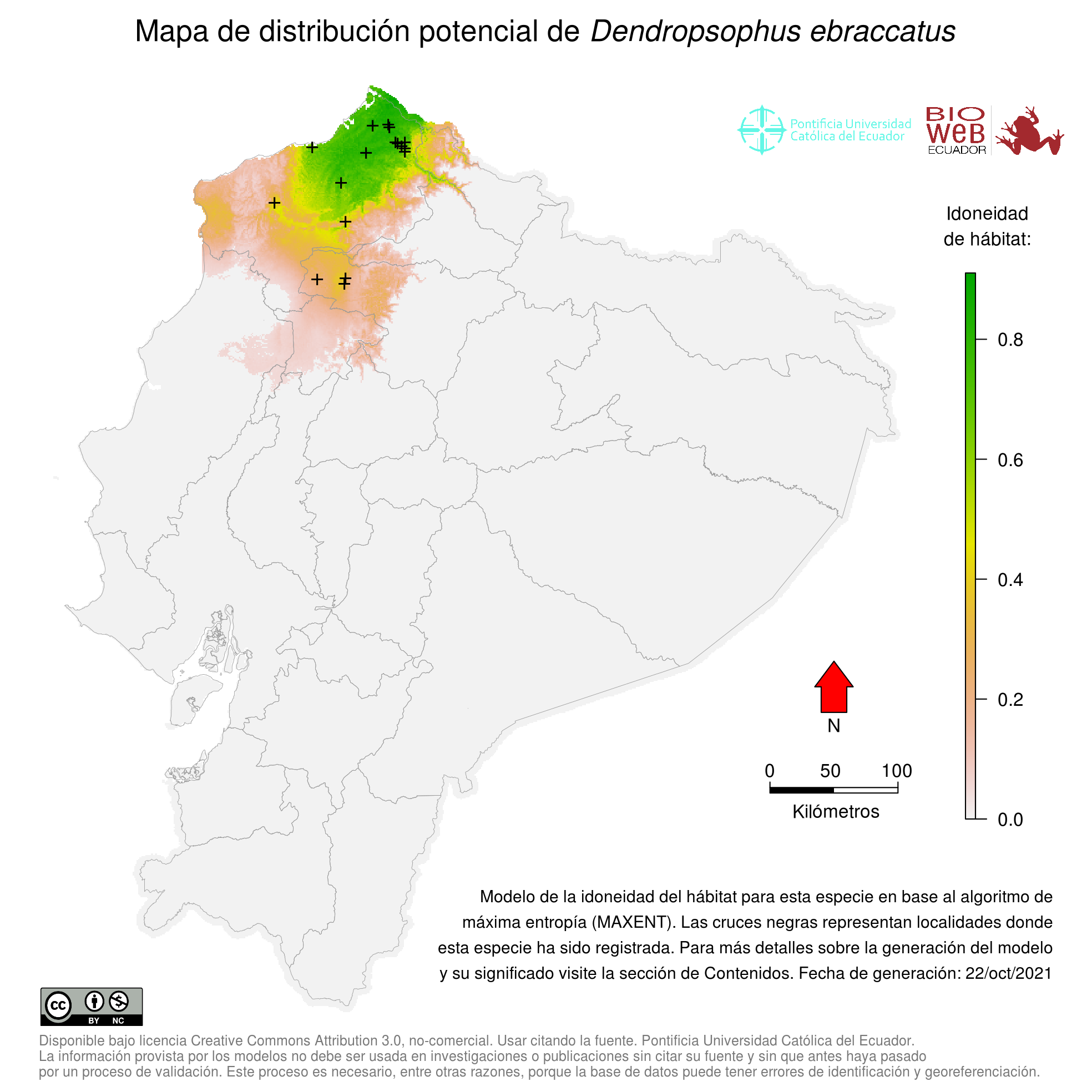
Summary Author
Santiago R. Ron, Morley Read, y Gabriela Pazmiño-Armijos
Editor
Santiago R. Ron
Edition Date
2025-03-01T00:00:00
Update Date
2025-03-01T10:35:10.787
Literature Cited
Wiens, J. J., Kuczynski, C. A., Hua, X. y Moen, D. S. 2010. An expanded phylogeny of treefrogs (Hylidae) based on nuclear and mitochondrial sequence data. Molecular Phylogenetics and Evolution 55:871-882.PDF Duellman, W. E. 1973. Descriptions of new hylid frogs from Colombia and Ecuador. Herpetologica 29:219-227.PDF Faivovich, J., Haddad, C. F., García, P. C., Frost, D. R., Campbell, J. A. y Wheeler, W. C. 2005. Systematic review of the frog family Hylidae, with special reference to Hylinae: phylogenetic analysis and taxonomic revision. Bulletin of the American Museum of Natural History 294:1-240.PDF Cope, E. D. 1874. Description of some species of reptiles obtained by Dr. John F. Bransford, Assistant Surgeon United States Navy, while attached to the Nicaraguan surveying expedition in 1873. Proceedings of the Academy of Natural Science of Philadelphia, 26:121.PDF Savage, J. M. y Heyer, W. R. 1969. The tree frog (family Hylidae) of Costa Rica: diagnosis and distribution. Revista de Biología Tropical 16:1-27. Duellman, W. E. 2001. Hylid Frogs of Middle America. Society for the Study of Amphibians and Reptiles, Ithaca, New York. Campbell, J. A. 1998. Amphibians and reptiles of Northern Guatemala, Yucatan and Belize. University of Oklahoma Press, 400 pp. Lee, J. C. 1996. The amphibians and reptiles of the Yucatán Peninsula. Comstock Publ. Assoc., Ithaca, New York. Lee, J. C. 2000. A field guide to the amphibians and reptiles of the Maya world. Cornell University Press. Ithaca, New York, USA. McCraine, J. R. 2007. Distribution of the amphibians of Honduras by departments. Herpetological Review 38:35-39. Lynch, J. D. 2006. The tadpoles of frogs and toads found in the Lowlands of Northern Colombia. Acad. Colomb. Cienc. 30:443-457. Touchon, J. C. y Warkentin, K. M. 2008. Reproductive mode plasticity: Aquatic and terrestrial oviposition in a treefrog. PNAS 105:7495-7499 . Wells, K. D. y Greer, B. J. 1981. Vocal Responses to Conspecific Calls in a Neotropical Hylid Frog, Hyla ebraccata. Copea 1981 Annual Report:615-624 . Touchon, J. C. y Warkentin, K. M. 2008. Fish and dragonfly nymph predators induce opposite shifts in color and morphology of tadpoles. Oikos 117:634-640. Rand, A. S. y Dudley, R. 1993. Frogs in Helium: The Anuran Vocal Sac Is Not a Cavity Resonator. Physiological Zoology 66:793-806. McClelland, B., Wilczynski, W. y Rand, A. S. 1997. Sexual dimorphism and species differences in the neurophysiology and morphology of the acoustic communication system of two neotropical hylids. Journal of Comparative Physiology A 80:1432-1351 . Fouquette, Jr., M. J. 1960. Isolating Mechanisms in Three Sympatric Treefrogs in the Canal Zone. Evolution 40:484-497.PDF Wilczynski, W., McClelland, B. y Rand, A. S. 1993. Acoustic, auditory, and morphological divergence in three species of neotropical frog. Journal of Comparative Physiology A 172:1432-1351 . Ressel, S. J. 1996. Ultrastructural Properties of Muscles Used for Call Production in Neotropical Frogs. Physiological Zoology 69:952-973. Wollerman, L. 1998. Stabilizing and directional preferences of female Hyla ebraccata for calls differing in static properties. Animal Behavior 55:1619-1630. Schwartz, J. J. y Wells, K. D. 2006. Behavioral ecology of anuran communication. In: Springer (ed.) hearing and sound communication in amphibians.. Springer Handbook of Auditory Research 28:44-86. Savage, J. M. 2002. The amphibians and reptiles of Costa Rica: A herpetofauna between two continents, between two seas. University of Chicago Press, Chicago, USA, 934 pp. Sunyer, J., Páiz, G., Dehling, D. M. y Köhler, G. 2009. A collection of amphibians from Río San Juan, southeastern Nicaragua. Herpetology Notes 2:189-202. Duellman, W. E. 1970. Hylid Frogs of Middle America. Monograph Museum Natural History University of Kansas 1: 1-753.Enlace Robertson, J. M., Duryea, C. y Zamudio, K. R. 2009. Discordant patterns of evolutionary differentiation in two Neotropical treefrogs. Molecular Ecology 18:1375-1395. Ohmer, M. E., Robertson, J. M. y Zamudio, K. R. 2009. Discordance in body size, colour pattern, and advertisement call across genetically distinct populations in a Neotropical anuran (Dendropsophus ebraccatus). Biological Journal of the Linnean Society. London 19:298-313. Reichart, M. S. 2010. Aggressive thresholds in Dendropsophus ebraccatus: habituation and sensitization to different call types. Behavioral Ecology and Sociobiology 64:529-539.PDF Moen, D. S., Smith, S. A. y Wiens, J. J. 2009. Community assembly through evolutionary diversification and dispersal in Middle American treefrogs. Evolution 63:3228-3247.PDF MECN. 2010. Serie Herpetofauna del Ecuador: El Choco Esmeraldeño. Monografía. Museo Ecuatoriano de Ciencias Naturales. Quito-Ecuador 5:1-232. Frost, D. R. 2016. Amphibian Species of the World: an Online Reference. Version 6.0 (Date of access). Electronic Database accessible at http://research.amnh.org/herpetology/amphibia/index.html. American Museum of Natural History, New York, USA. Caminer, M., Milá, B., Jansen, M., Fouquet, A., Venegas, P. J., Chávez, G., Lougheed, S. C., Ron, S. R. 2017. Systematics of the Dendropsophus leucophyllatus species complex (Anura: Hylidae): Cryptic diversity and the description of two new species. PLoS ONE 12(3): e0171785. doi:10.1371/journal.pone.0171785 Ron, S. R. 2018. Base de datos de la colección de anfibios del Museo de Zoología (QCAZ). Versión 1.0. Pontificia Universidad Católica del Ecuador. Disponible en https://bioweb.bio/portal/ Jungfer, K., Lynch, J., Morales, M., Solís, F., Ibañez, R., Santos-Barrera, G., Chaves, G., Bolaños, F., Sunyer, J. 2010. Dendropsophus ebraccatus. The IUCN Red List of Threatened Species 2010: e.T55470A11316147. http://dx.doi.org/10.2305/IUCN.UK.2010-2.RLTS.T55470A11316147.en. Downloaded on 27 August 2018. Jetz, W., Pyron, R. A. 2018. The interplay of past diversification and evolutionary isolation with present imperilment across the amphibian tree of life. Nature Ecology & Evolution 2: 850-858. Orrico, V. G. D., Grant, T., Faivovich, J., Rivera-Correa, M., Rada, M. A., Lyra, M. L., Cassini, C. S., Valdujo, P. H., Schargel, W. E., Machado, D. J., Wheeler, W. C., Barrio -Amorós, C., Loebmann, D., Moravec, J., Zina, J., Solé, M., Sturaro, M. J, Peloso, P. L. V, Suarez, P. y Haddad, C. F. B. 2020. The phylogeny of Dendropsophini (Anura: Hylidae: Hylinae) Cladistics, 37: 73-105. Aguirre, D., Apunte, K., Ron, S. 2025. Systematics of the Dendropsophus leucophyllatus species group (Anura, Hylidae) from the Chocó region of Ecuador, with description of a new species. Evolutionary Systematics 9: 7—31.PDF Ron, S., Merino-Viteri, A., Ortiz, Y.D., 2024. Anfibios del Ecuador. Versión 2024.0. Museo de Zoología, Pontificia Universidad Católica del Ecuador. <https://bioweb.bio/faunaweb/amphibiaweb> Fecha de acceso 10 de julio 2024.
|
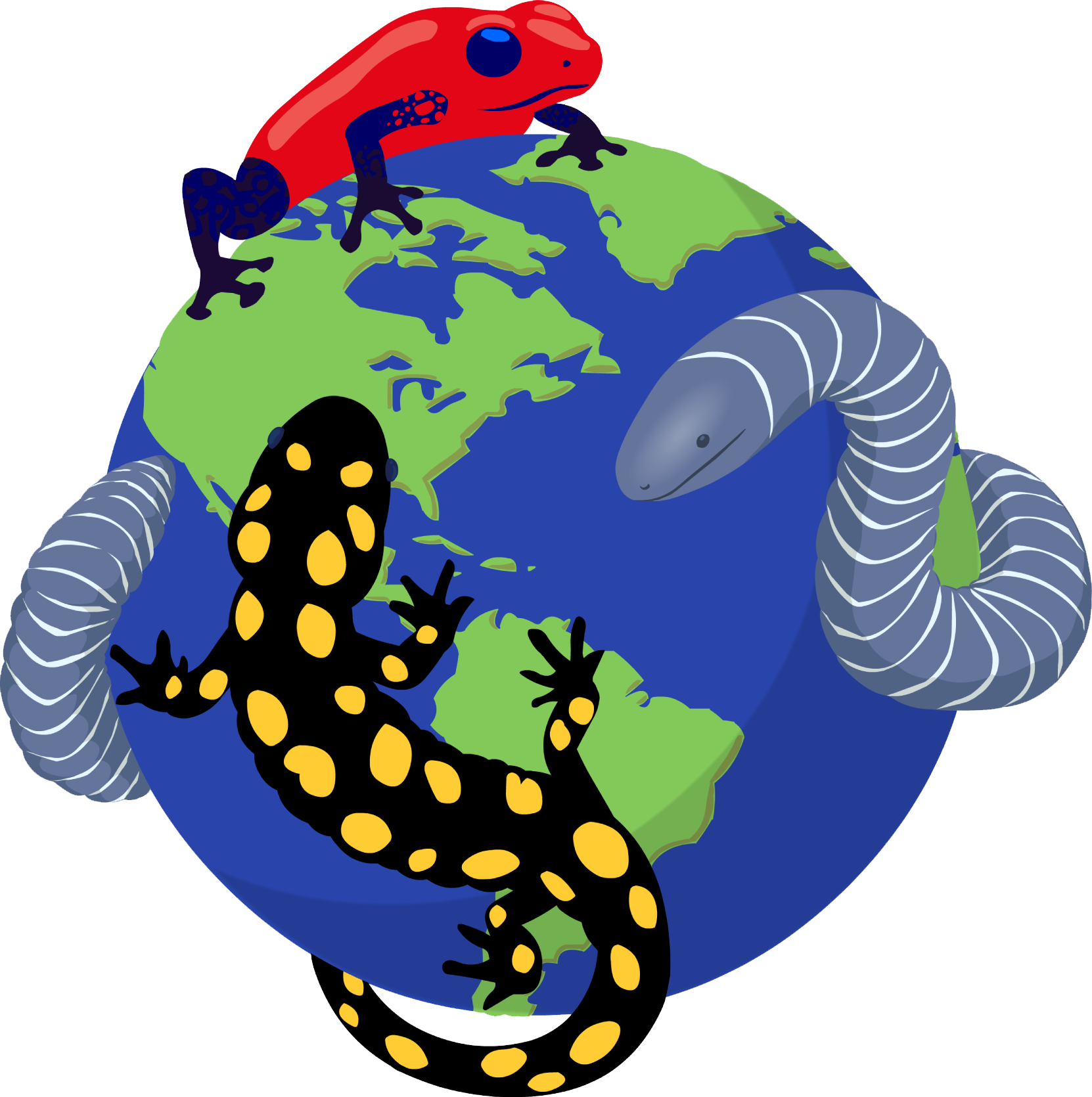

 Map of Life
Map of Life



